Server Wars: Solution Provider Takes on Dell, HP
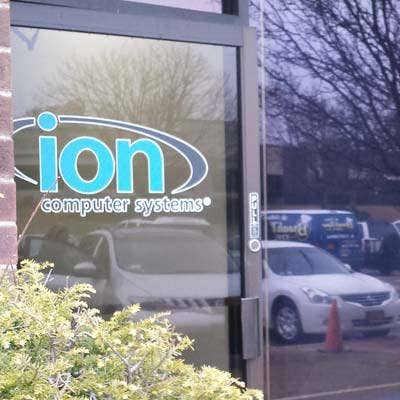
ION's SR-71mach4
ION Computer Systems has a knack for breaking through. The white-box builder in 2011 developed the first machine in its class to sustain a million transactions per second. That machine, the x64-based SR-71 SpeedServer, had remained on the CRN Test Center's list of its Top 10 fastest reviewed servers ever since. Until last month, that is, when a system from Supermicro knocked it out.
But the engineers at ION have been working hard to improve their winning design, and have released the SR-71mach 4, the latest version of the SpeedServer that does even more justice to its name. The Test Center visited ION's headquarters in the Long Island suburb of Hauppauge, N.Y., to see what the company has been up to and to take some performance measurements of our own. Here's what we found.
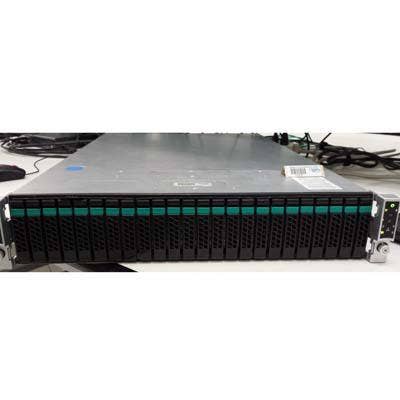
Solid Hardware
As before, the SR-71 faces the world with an ordinary, unassuming exterior. The tested configuration shown here had all 24 of its 2.5-inch hot-swap drive bays populated with high-performing 800-GB Intel 3500-series SSDs. The two dozen data center drives were configured as three RAID 5 arrays of eight drives each. The arrays were configured with four shares each, a total of 12 shares in all. For controlling the RAID arrays, ION moved away from the LSI cards used in the record-breaking SR-71 system. The mach4 variant employs a trio of Intel RMS25 RAID controllers, one as a daughter-card add-in (model CB080), and two in standard slots (model PB080). All use the same firmware and drivers.
At the far right, the SR-71's modest control panel provides buttons down the center for power, system ID (with LED), cold reset and a non-maskable interrupt (NMI, recessed). Other LEDs provide feedback on system status, storage activity and traffic on the four motherboard-integrated gigabit NICs. Click next to learn more about the hardware.
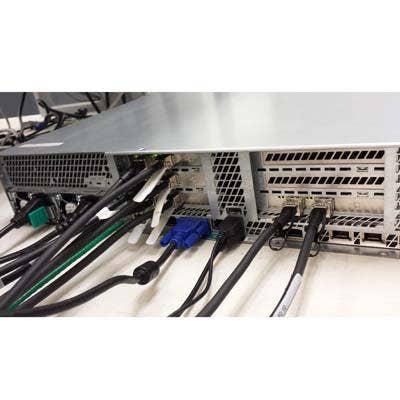
Grizzly Motherboard
Under the hood is an Intel Grizzly Pass two-socket motherboard with a pair of Intel Xeon E5-2690 v2 10-core 3.0GHz processors running Windows Server 2012 R2 with 64 GB of 1,866MHz ECC RAM. Also inside were four Intel X520-DA2 dual-port SFP+ 10-Gbit Ethernet direct-connect copper adapters. These were attached through a switch to four worker PCs running the IOmeter workload generator. Each of the four workers was attached to three of the shares on the server under test (again a total of 12).
"We designed this to be similar to a small group of CAD users moving huge files around," said ION founder and CTO Keith Josephson.
Thanks to its implementation of SMB 3.0, Windows Server 2012 automatically aggregates all NICs to provide maximum network bandwidth between server and nodes. "Before [WS2012], we had to statically assign different IP addresses and manually balance the workload that way," Josephson said. How was the performance? Turn the page to find out.
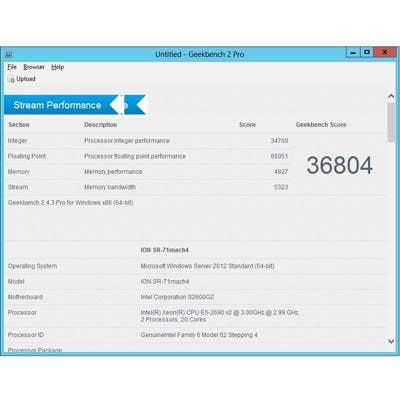
Geekbench Shows
The SR-71mach4 SpeedServer turned in a respectable top score on Geekbench 2.4 of 36,804. That was good enough to land it in third place on CRN's all-time list and bump Hewlett-Packard's ProLiant DL380p down to fourth. Even more impressive, this score more than tripled a Geekbench score of 11,762 turned in by the SR-71 system we tested in 2011.
But Geekbench tells only part of the story. While Primate Labs' benchmarking tool provides a useful measure of a system's holistic performance, it's also important--particularly for servers--to measure the system's processing and storage subsystems. That's where IOmeter comes in. And if judged on IOmeter results alone, the SR-71mach4 would be in a league of its own. Click next for details.
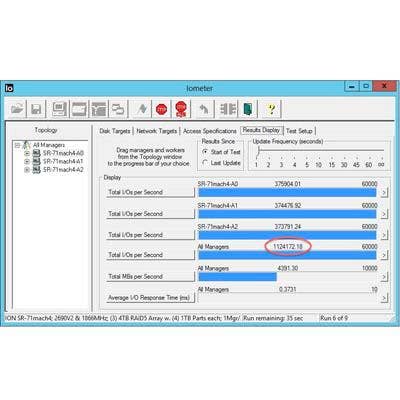
I/O Off The Charts
We've already hinted at the SR-71mach4's ability to process transactions; in 2011 it was handling more than a million I/Os per second. This year's model raises that bar by more than 12 percent, with a sustained rate of 1.124 million IOps (circled). The next closest system to come through the Test Center was the Dell PowerEdge R720, which still holds the record for the highest Geekbench score (40,250) but topped out at 311 IOps.
To be fair, the R720 was tested against a single RAID array. Dell's server likely would have delivered greater I/O performance if equipped similarly to the SR-71, which sustained a throughput of 4,391 MBps and average response time (latency) of less than one millisecond. "The latency of spinning hard disks, in general, is around two milliseconds," said Josephson, "so with a latency of just 37 micro seconds, our systems are great for companies that can benefit from high performance but don't want to spend the money on four racks full of spinning hard-drive arrays." The SpeedServer drew less than 400 watts during all tests.

'No Magic Required'
ION's been building high-performance servers and storage systems for more than 22 years, typically selling direct to manufacturers, financial institutions, and air and space agencies. "We'd like to add more resellers," said Josephson. The server has broad appeal both for on-premise and cloud deployment. "Low latency means that any app can get great performance with other clients over [a LAN] without any special tuning. For large applications, [it] could scan through gigabytes of data very quickly and then spit out the megabyte-sized answer back to the user though the cloud," he said. Most of ION's techniques are well known. "When we initially format the drives, we allocate about 80 percent of available space for storage and leave the rest alone. The drive uses the remaining space for wear-leveling and keeps write performance from degrading over time." The tested SpeedServer has a retail price of about $47K, yet delivers performance on par with more expensive storage arrays. "You can set up a Windows server--something everybody knows how to do--plus some 10-Gbit networking gear and get great performance with no magic required."